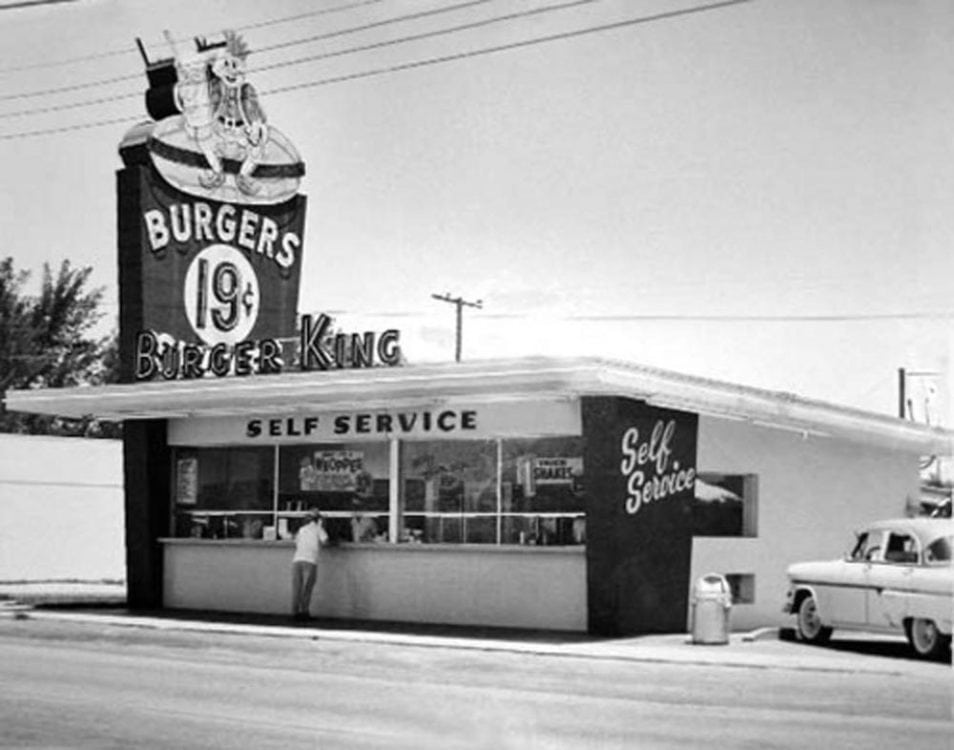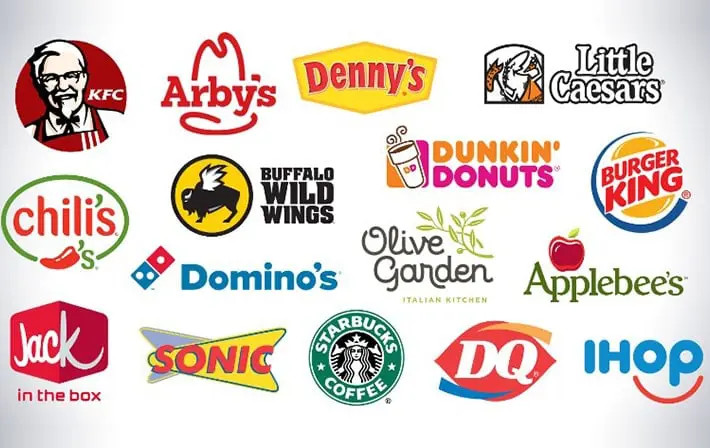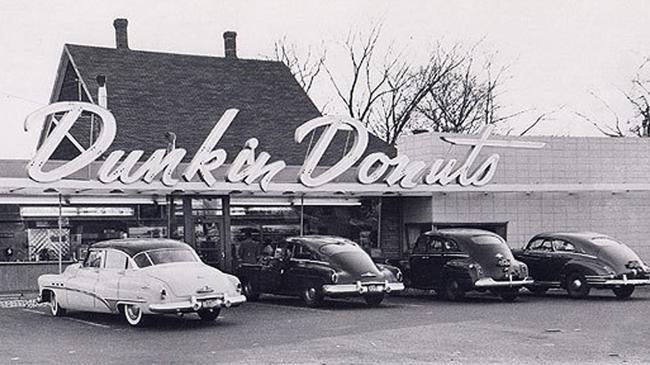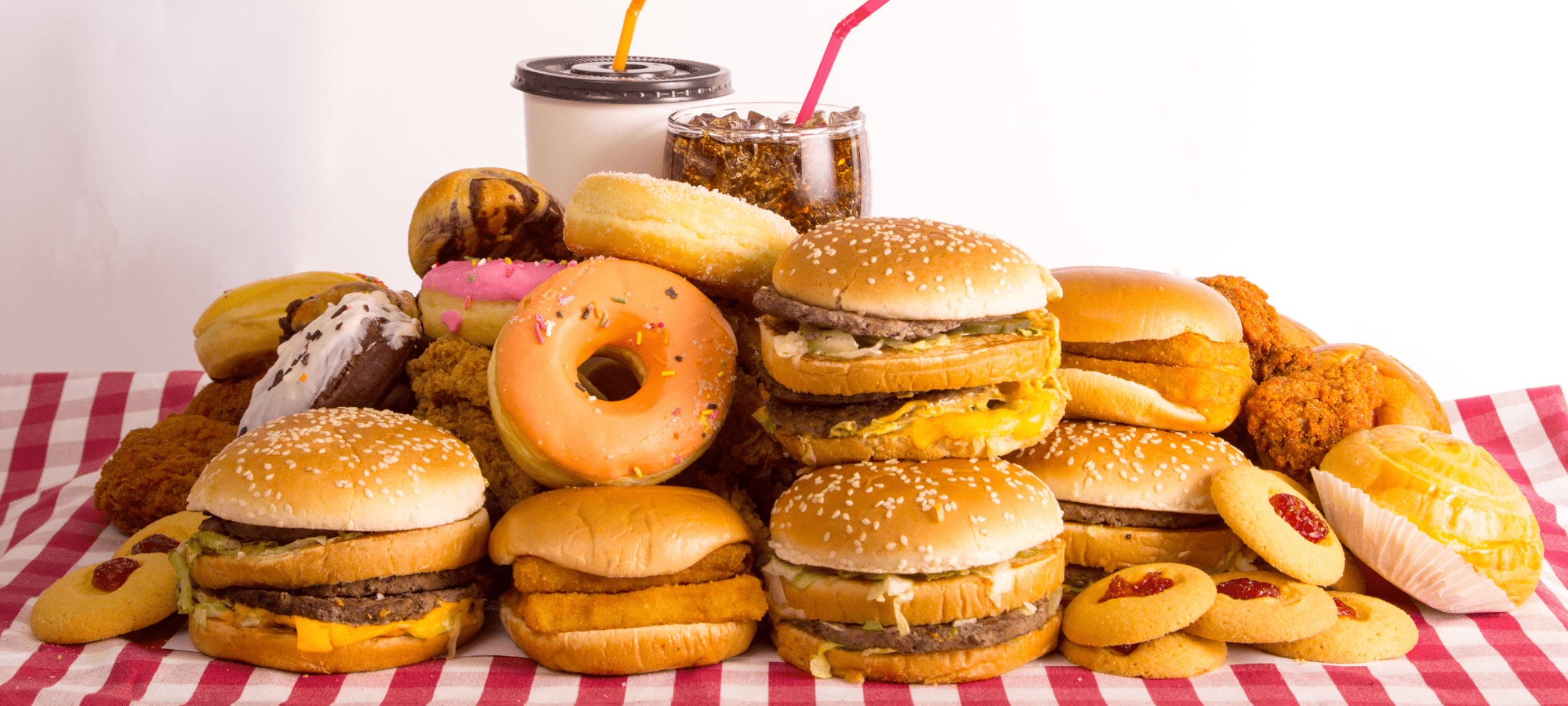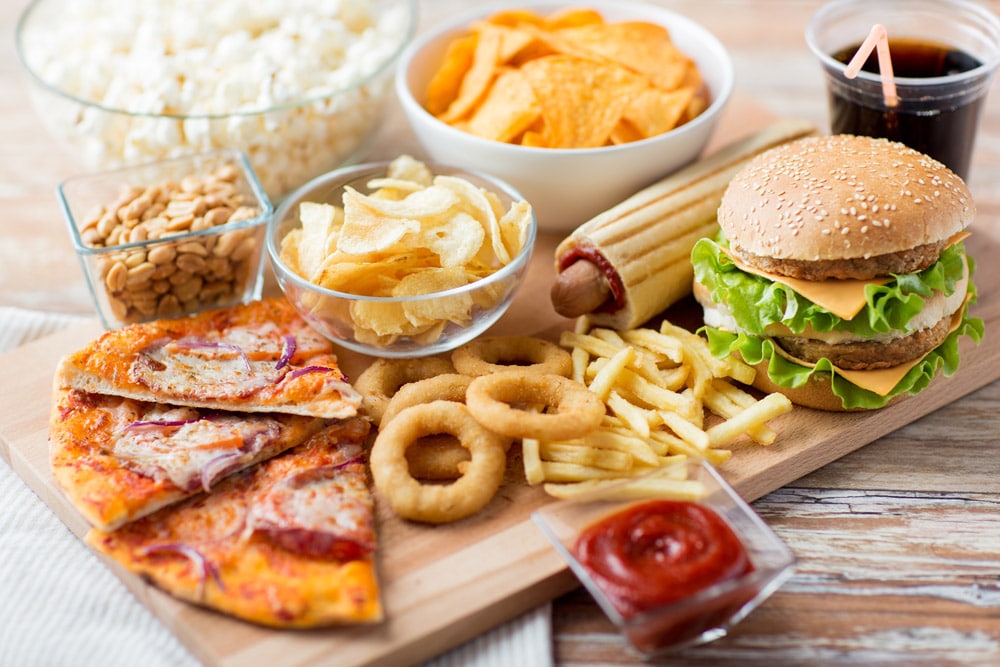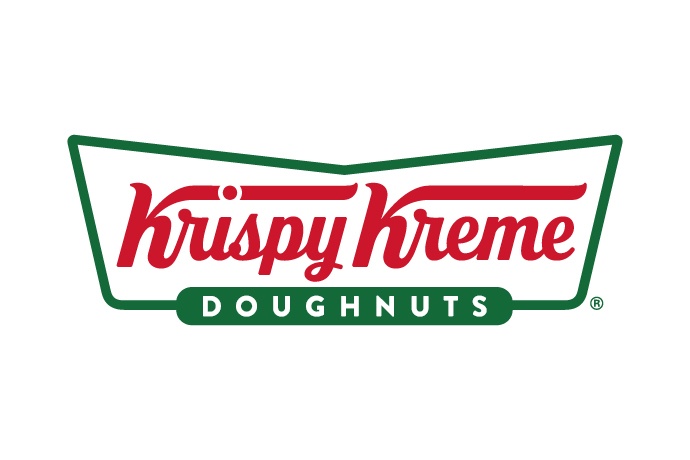Fast food encompasses much more than just fries and soft drinks; it serves as a mirror of culture, competition, and at times, disorder. The history of fast food is rich with groundbreaking innovations and astonishing public relations feats, filled with memorable events that have influenced the industry and our approach to on-the-go dining. Below are some of the most notable and unexpected occurrences in the fast food realm.
1. The Introduction of the Drive-Thru (1948)
The journey began in Baldwin Park, California, with the launch of the original In-N-Out Burger, which introduced a groundbreaking concept: allowing customers to place orders and receive their meals without exiting their vehicles. This straightforward idea revolutionized the fast food sector and set the stage for the modern double-lane, digital screen drive-thrus we see today.
2. McDonald’s Expands Internationally (1971)
The opening of McDonald’s in Japan in 1971 represented a significant turning point in the globalization of fast food. It was not merely about exporting burgers; each nation tailored its menu to suit local preferences, leading to unique offerings such as the McSpaghetti in the Philippines and the Ebi (shrimp) Burger in Japan. Currently, the Golden Arches operate in over 100 countries worldwide.
3. The Chicken Sandwich Showdown (2019)
The launch of Popeyes’ chicken sandwich in August 2019 unexpectedly sparked a nationwide frenzy. Social media exploded with taste tests, memes, and long queues. Chick-fil-A responded with tweets, while Wendy’s also joined the conversation. The sandwich sold out within two weeks. This viral phenomenon transformed the way fast food brands interact with consumers and compete in the digital space.
4. Taco Bell Acquires the Liberty Bell (April Fool’s Day, 1996)
In one of the most famous April Fools’ Day pranks, Taco Bell ran full-page advertisements claiming it had purchased the Liberty Bell and was renaming it the “Taco Liberty Bell.” This announcement incited outrage among citizens who contacted the National Park Service. Hours later, the company revealed it was a hoax, but the stunt reportedly led to a significant sales increase of millions within just a week.
5. Pizza Hut Delivers to Space (2001)
Indeed, this event took place. In a $1 million promotional campaign, Pizza Hut made history by delivering a pizza to the International Space Station, marking a remarkable milestone in both fast food and space exploration.
6. The $100 Burger (Le Burger Extravagant, 2012)
Crafted by Serendipity 3 in New York, this burger, adorned with truffle butter, gold flakes, and imported cheese, earned a place in the Guinness World Records. While it was not a quick meal, it drew inspiration from fast food. This creation illustrates the remarkable journey of the burger, evolving from 15-cent patties at McDonald’s to a symbol of luxury dining.
7. The Emergence of Plant-Based Fast Food (2019–present)
In recent years, the introduction of plant-based options such as the Impossible Whopper from Burger King and Beyond Tacos from Del Taco has signified a notable shift in the fast food industry, appealing to a growing demographic of health-conscious and environmentally aware consumers. Whether viewed as a trend or a significant transformation, this period will be recognized as a pivotal moment in the evolution of fast food.

